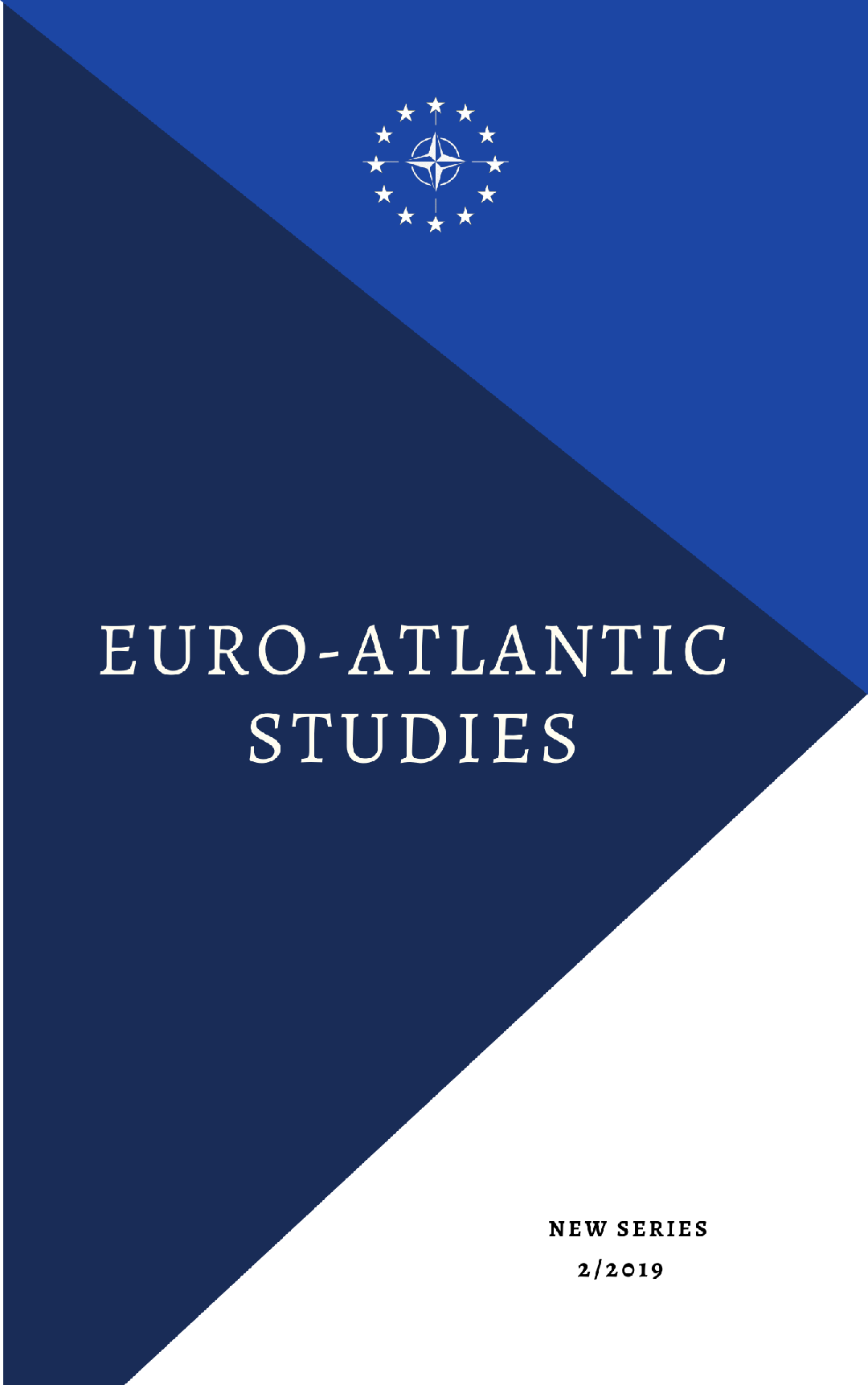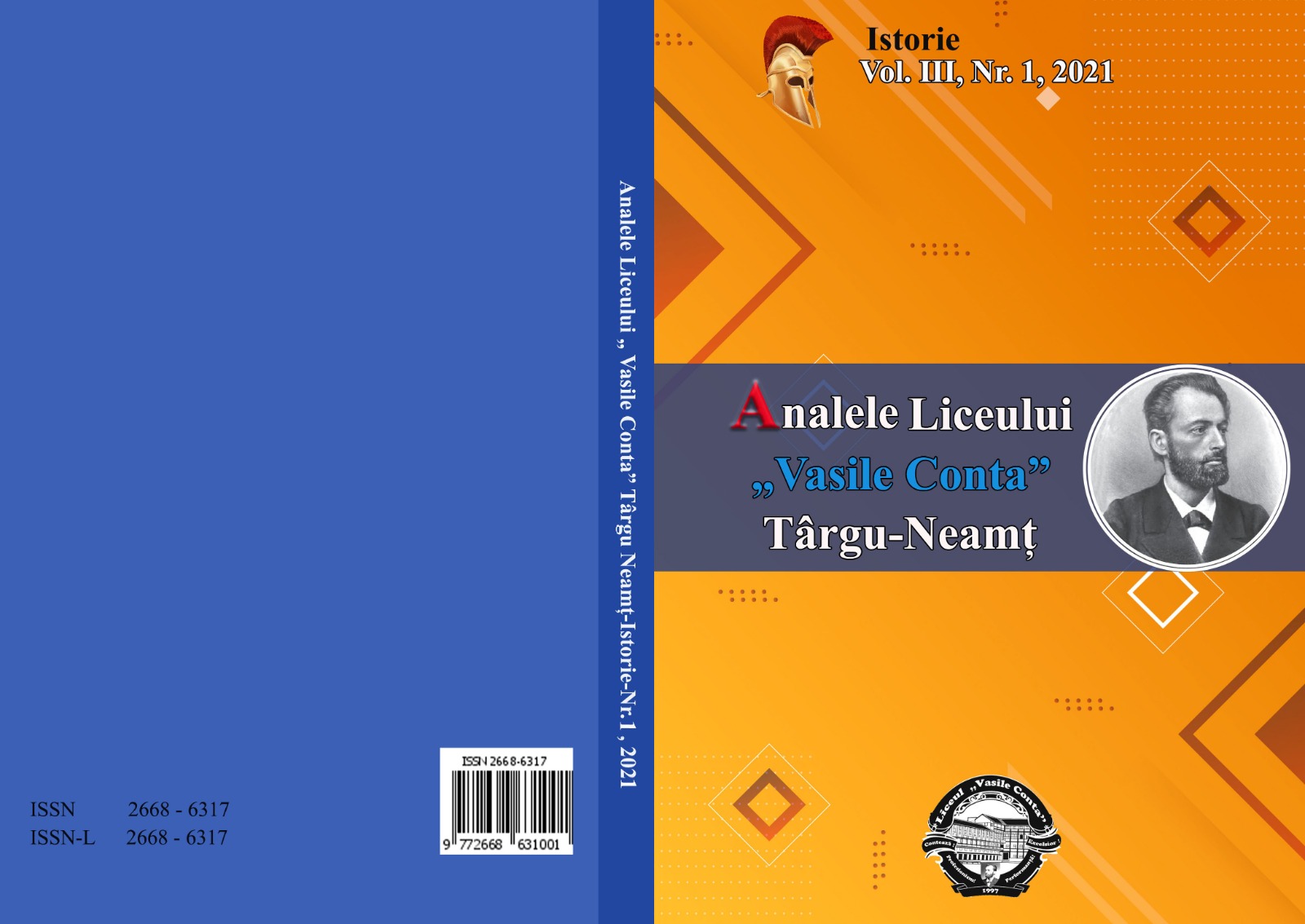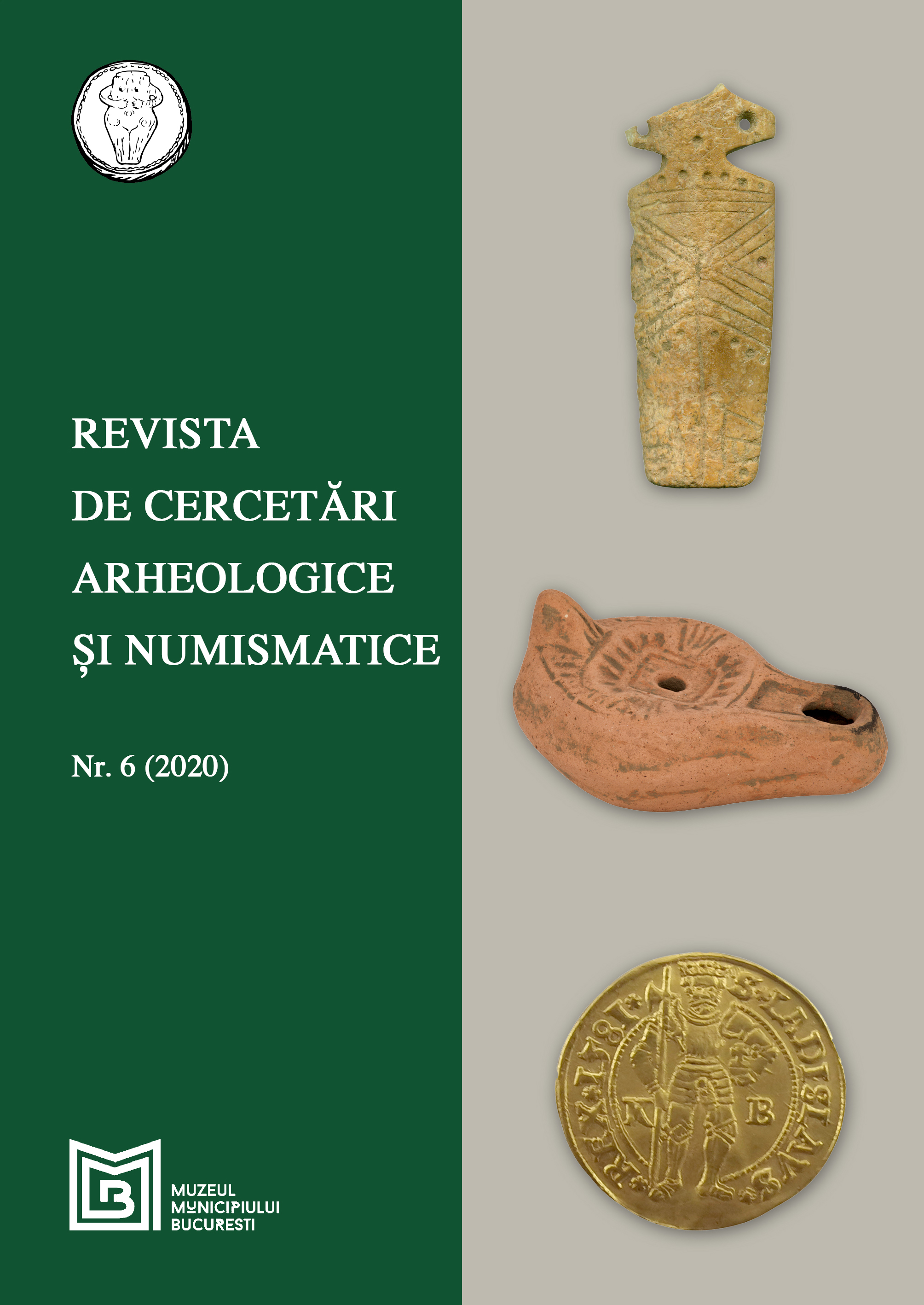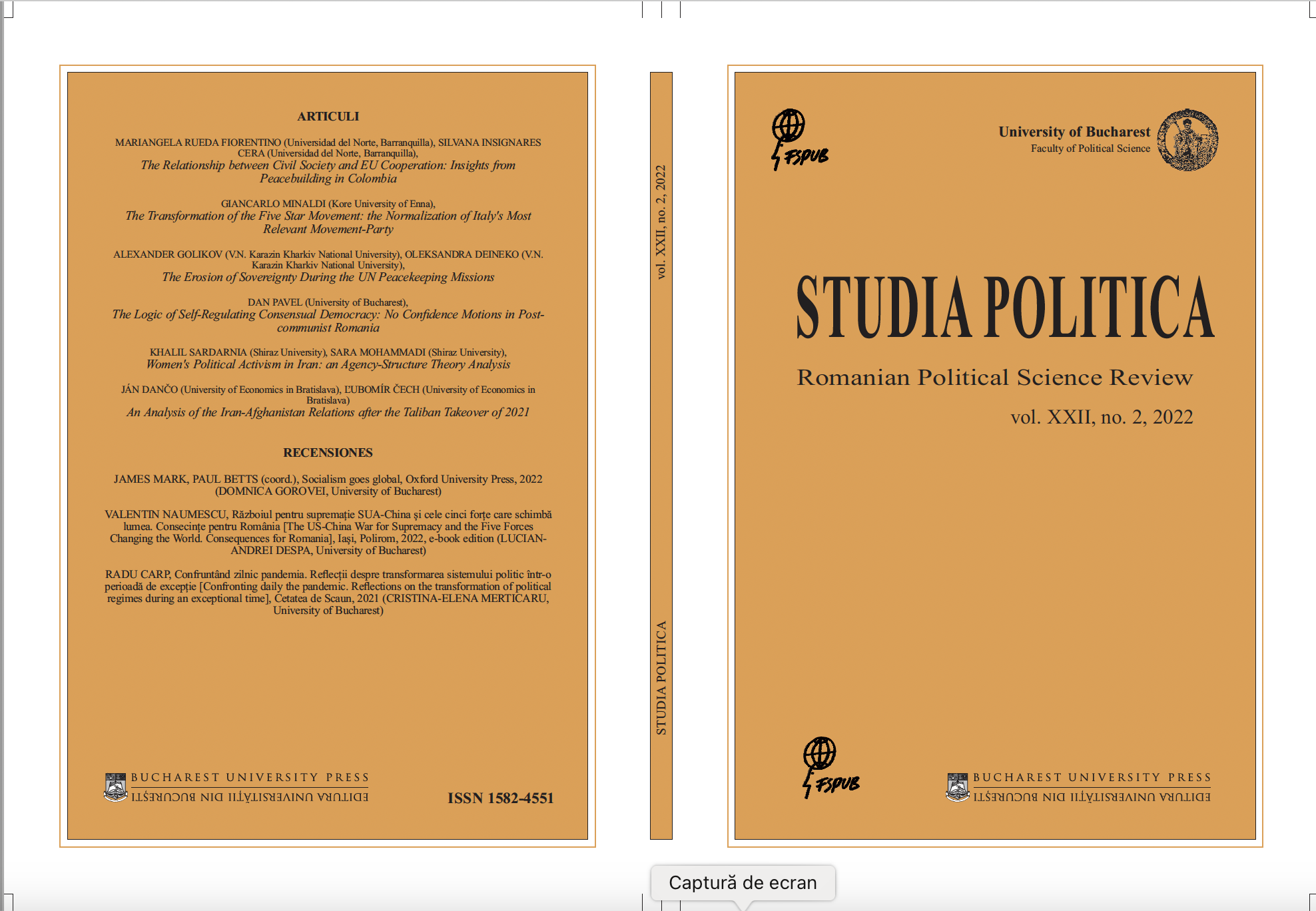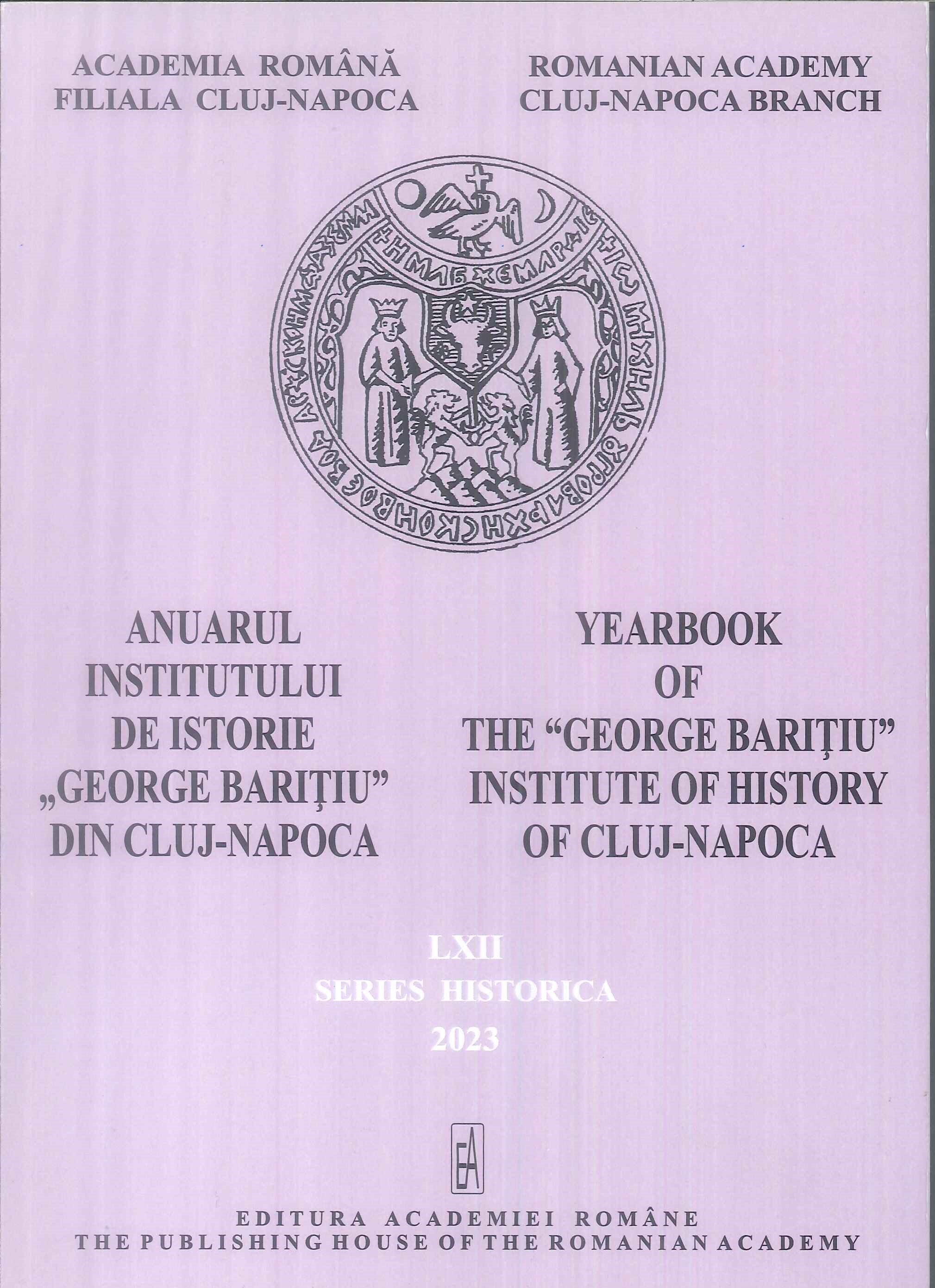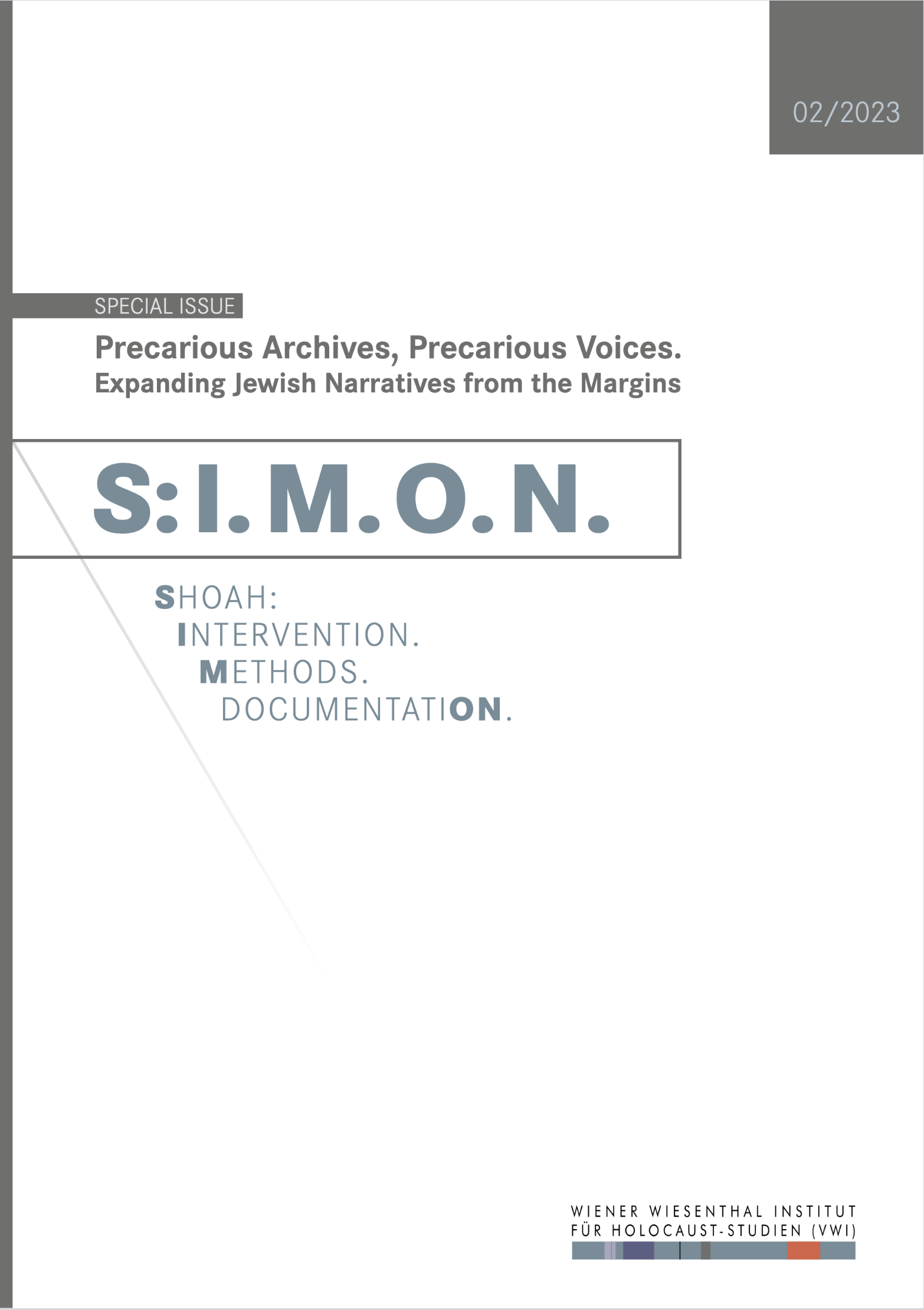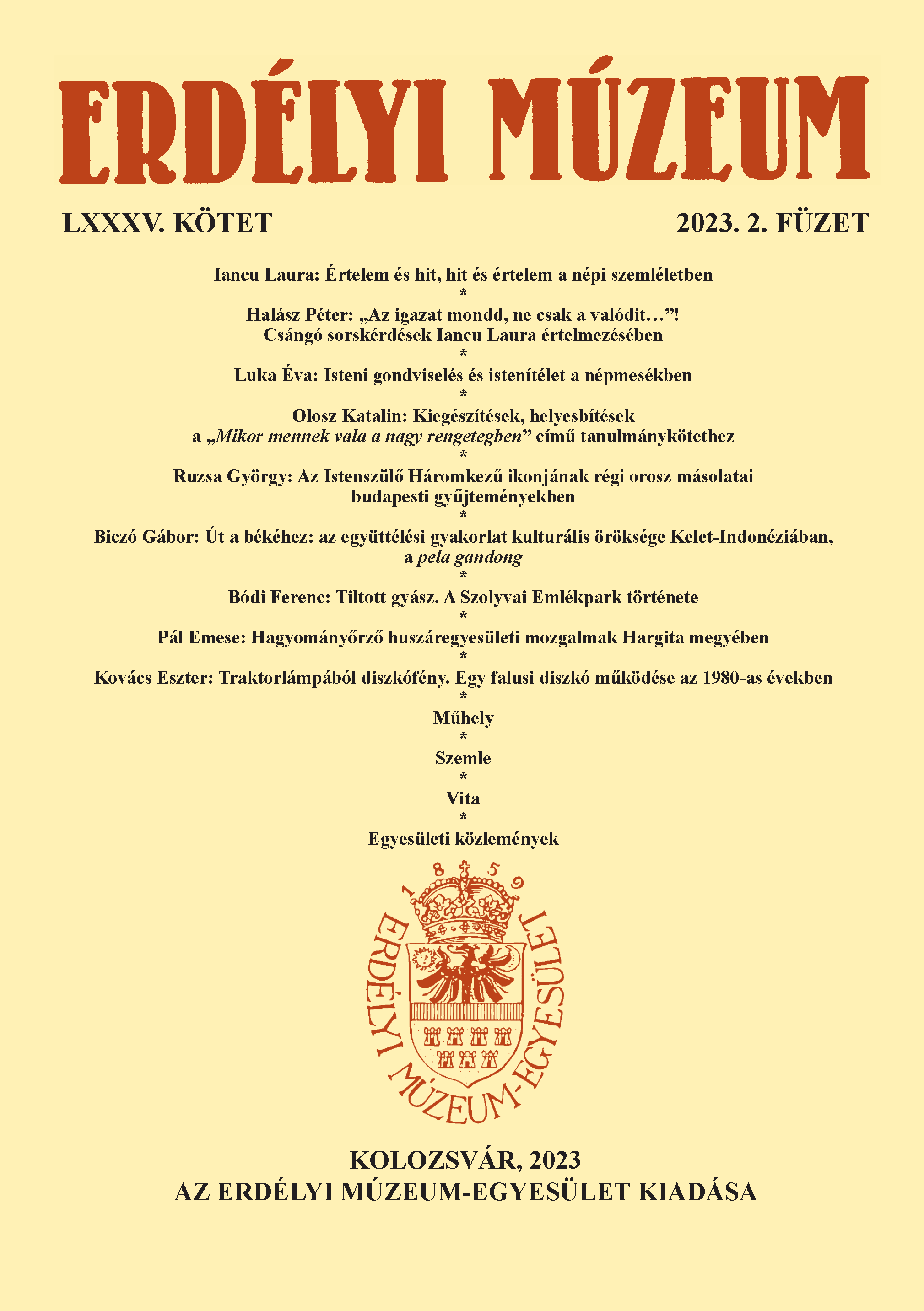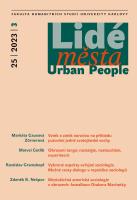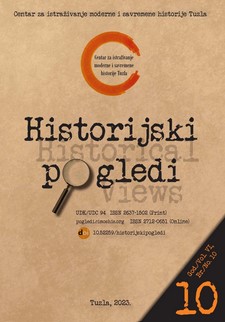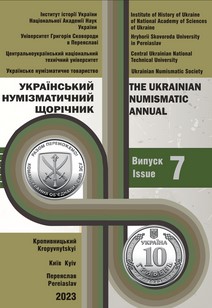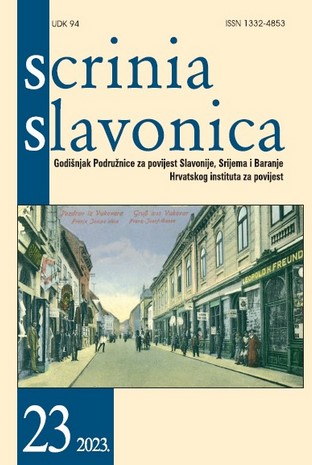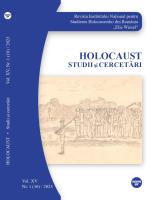Author(s): Orges DRANCOLLI / Language(s): English
Issue: 10/2023
Abstract: The model of development for Ottoman-style cities in the territory of Kosova from the 15th century to the first decade o f the 20th century revolved around a distinctive triad: the local market, the mosque, and the bazaar. In the early periods of ottoman rule, mosques were strategically built in places where there was local market. This was done intentionally, since these were places where a significant number of people gathered. The bazaars and other type of buildings, as part of the mosque complexes, played an important role in the formation and development of cities during the Ottoman period as well. Thus, directly impacting the formation and growth of cities. Among these elements, the bazaars held a special significance, as they became the reference point of cities. And this was due, mainly because of their character, which was of craft, commercial and economic importance. The bazaars were more than just places of trade; they became emblematic reference points for cities, drawing local citizens and people from surrounding regions, who integrated these bustling spaces into their daily lives. In addition to their economic and commercial functions, the bazaars held immense historical, social, and cultural importance. As the centuries passed, living and engaging with the bazaars became inseparable from the life of Kosovar cities, and these spaces became an integral part of the collective memory and identity of the inhabitants. Throughout the centuries, the bazaars in Kosova became inseparable from daily life, contributing to the region's unique charm and heritage. However, this rich historical fabric has suffered significant losses as many bazaar shops fell victim to destruction. The destruction occurred over time due to exposure to the natural elements and human interventions, but there were also cases of intentional and planned destruction. These intentional and systematic destructions started immediately after the conquest of Kosova by Serbia in 1912. Urban and spatial plans as well as various military armaments during the Albanian-Serbian war in Kosova from 1998 to 1999 were responsible for deliberate and systematic mass destruction of the bazaars. Although, the types and methods of destruction varied, the underlying purpose remained consistent. This was done with the aim to destroy, the cultural, social, and economic significance of the bazaars, to change the physiognomy structure, and style of the old traditional cities in Kosova. Thus, by destroying Albanian tangible and intangible heritage and replacing it with the conqueror's creations, the conquerors sought to erase the cultural identity and history of the local autochthonous population.
More...
!["Substantial progress has taken place in [the]United States-Rumanian relations": The Road to Upgrading the Level of Diplomatic Missions from Bucharest and Washington 1961-1964](/api/image/getissuecoverimage?id=picture_2018_45180.jpg)

